Math Made Easy: Essential Tips to Memorize Formulas and Supercharge Your Learning
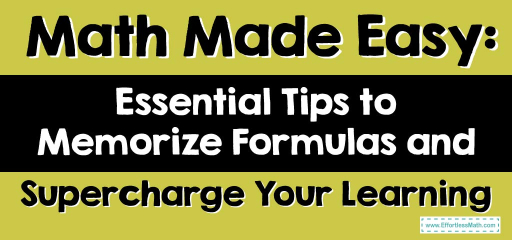
Ever found yourself struggling to recall the slew of mathematical formulas you’ve tried to memorize? Don’t worry! You’re not alone. Many students struggle to retain those elusive equations, even after studying for hours.
In this blog, we’ll unravel the secrets of making math accessible and enjoyable by offering essential tips to help you memorize mathematical formulas effectively. Our goal is to provide practical techniques beyond rote memorization, enabling you to recall and apply mathematical formulas confidently.

The Role of Understanding in Memorization
Understanding mathematical formulas is key to effective memorization and long-term retention. I’ve observed that many students rely on rote memorization and neglect the underlying principles.
When they do this, students often forget what they’ve learned and face challenges when it comes time to apply these formulas. To truly enhance your ability to remember mathematical formulas, I recommend deep diving into their foundations, so you can understand the “why” behind each part.
Memorization Strategy 1: Visualization Techniques
Visual aids and diagrams can significantly enhance your memorization, especially if you are a visual learner. Pictures help you to visualize the formulas and show how they work. Below are some of the visualization techniques I enjoy using with my students:
- Sketching: Use a simple diagram to represent all the components of the formula so that your brain will have a visual from which it will draw.
- Color Coding: Different colors can aid your memorization and remembering formulas. The color coding helps the brain differentiate different components, making remembering the formula easier.
- Flow Charts and Mind Maps: A flowchart or mind map is the perfect option for multiple-step formulas. These visual tools will greatly help you to know the sequence or steps that led to the final formula.
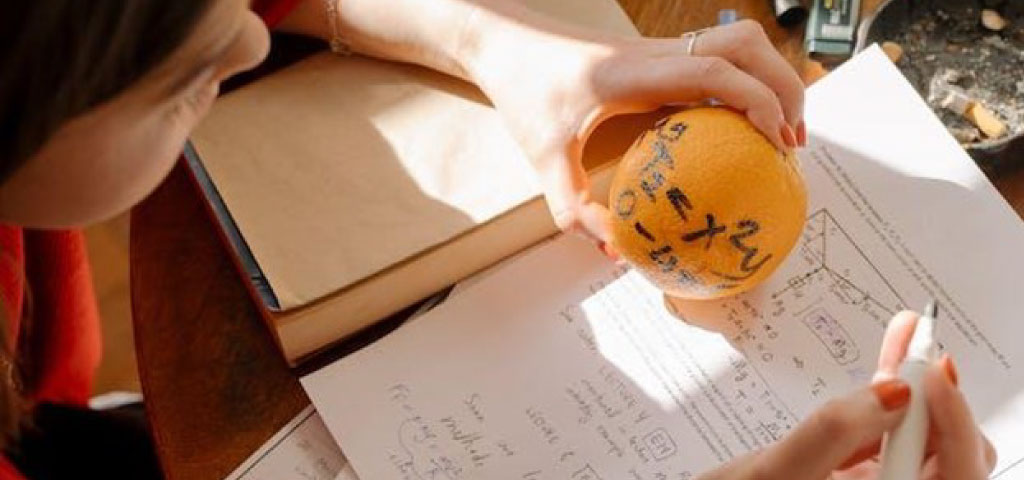
Memorization Strategy 2: Mnemonic Devices
A mnemonic device is a way of remembering something by using a word or phrase that is easy to remember. Mnemonics deals with creating shortcuts or letters that can help you recall difficult formulas when needed. You can use the letters, peg words, and keywords of the formula’s components to make remembering easy. Here’s an example I often use:
- Tangent = O/A
- Sin = O/H
- Cosine = A/H
Use the phrase “Two Old Angels Skipped Over Heaven Carrying Ancient Harps” as a mnemonic to remember these trigonometry formulas.
You can also use rhymes and songs to remember formulas. It is observed that people remember songs more than ordinary words. Turn the formula and its components to music to make you remember them when needed. To make it easy, use a familiar song and incorporate the formula.
Memorization Strategy 3: Active Recall Methods
You can use flashcards to facilitate quick recall of information and commit formulas to memory; it’s also a great tool for regular self-testing. For example, write a mathematical question involving a particular formula on the front of the card, then write the formula and solve the question on the back.
Spaced repetition is another example of an active recall method that I find effective. This technique involves reviewing the flashcards (or any material) at strategically timed intervals. For instance, after initially learning a formula, you might review it after a day, two days later, four days later, and so on.
This method is based on the psychological spacing effect, where the brain is more likely to retain information if it’s reviewed in spaced intervals rather than in a short, crammed session.

Memorization Strategy 4: Association and Relatability
Linking mathematical formulas to real-life scenarios is an effective way to enhance memorization and understanding. Let’s take the example of the kinetic equation V = u + at, where V is the final velocity, u is the initial velocity, a is the acceleration, and t is the time. Here are some more illustrative examples I use to help my students remember this formula:
Example 1: Think of Driving a Car
- Initial Velocity (u): Your car’s starting speed.
- Acceleration (a): Speeding up, like pressing the gas pedal.
- Time (t): How long you accelerate.
- Final Velocity (V): The new speed after accelerating.
Example 2: Think of Running In a Race
- Starting the Race (u): Your speed at the start.
- Picking Up Speed (a): Accelerating as you run faster.
- Duration of the Sprint (t): Time spent speeding up.
- Crossing the Finish Line (V): Your speed at the end.
This approach simplifies the formula by relating it to everyday activities like driving and running, making it easier to understand and remember.
Creating a Conducive Learning Environment
When it comes time to commit formulas to memory, doing so in a distraction-free zone is crucial; it allows your brain to focus solely on the task. Find a quiet space, turn off unnecessary electronics, and have all your math tools at hand. It’s also important to maintain a consistent study schedule.
Our brains thrive on routine, so scheduling regular, dedicated study sessions can significantly enhance your ability to memorize and retain mathematical formulas. This structured approach not only aids in concentration but also turns formula memorization into a habit, making the learning process smoother and more effective.

Practice and Application
Mastering mathematical formulas comes from consistent practice and application. It’s one thing to memorize a formula, but understanding its application in various problems solidifies your knowledge. I recommend integrating memorized formulas into a variety of practice exercises.
This could mean solving different problems that use the same formula or applying the formula in theoretical scenarios. Such practice not only reinforces memory but also enhances problem-solving skills.
It’s crucial to challenge yourself with increasingly complex problems over time, as this continuous application cements the formulas in your long-term memory and builds confidence in using them in different contexts.
Conclusion
Mastering mathematical formulas involves more than just rote memorization. Techniques like visualization, mnemonic devices, active recall methods, and linking concepts to real-life scenarios are invaluable. Creating a conducive learning environment and consistent practice are also key.
Applying these strategies can significantly improve your ability to memorize and understand mathematical formulas. You should integrate these methods into your study routine to supercharge your learning and make math an enjoyable and rewarding experience. If you find yourself needing extra help, you can also reach out to a math tutor to guide you.
Remember, with the right approach, math can be made easy and accessible.
Author Bio
Foundation Learning is dedicated to offering world-class education to every student through 99th Percentile SAT & ACT Test Prep Tutors.
Related to This Article
More math articles
- Praxis Core Math Worksheets: FREE & Printable
- Visualizing Multiplication: How to Use Arrays to Multiply Fractions by Whole Numbers
- Finding the Area Between Two Rectangles
- SSAT Middle Level Math Practice Test Questions
- The Ultimate 7th Grade MAAP Math Course (+FREE Worksheets)
- Online Math Tutoring Tools: The Top 5 tools
- Integrals: Complete Explanation of the Applications and Use
- How to Study Math Effectively in College?
- How to Construct the Incircle of a Triangle
- 6th Grade M-STEP Math Worksheets: FREE & Printable



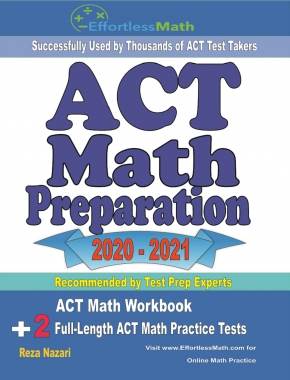
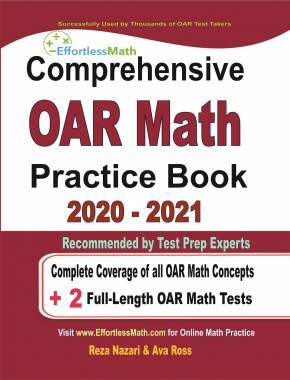
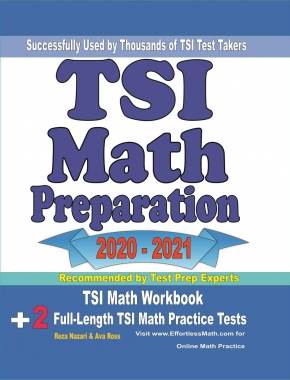
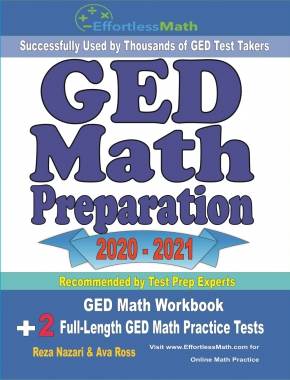
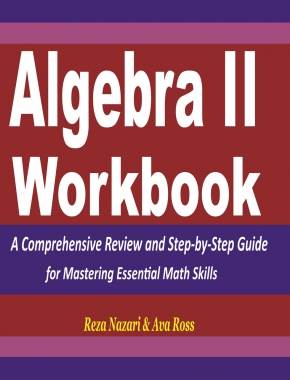

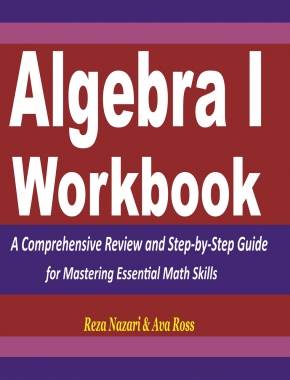
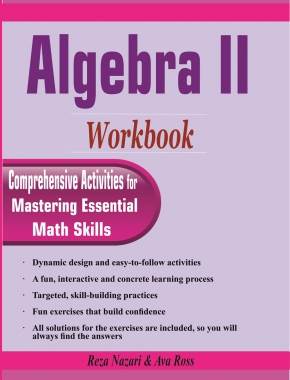
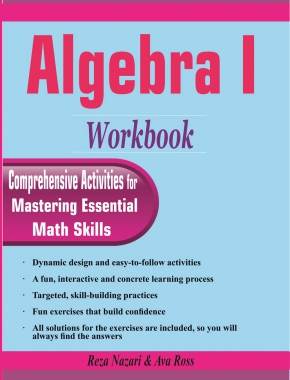
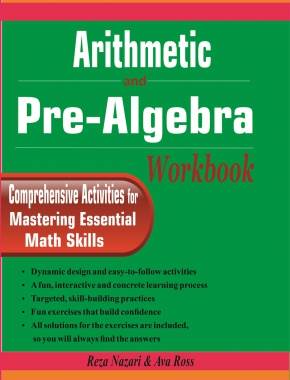
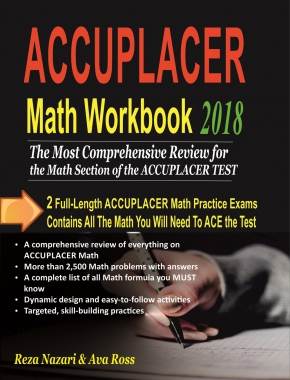
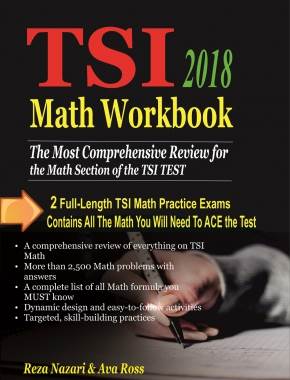



What people say about "Math Made Easy: Essential Tips to Memorize Formulas and Supercharge Your Learning - Effortless Math: We Help Students Learn to LOVE Mathematics"?
No one replied yet.